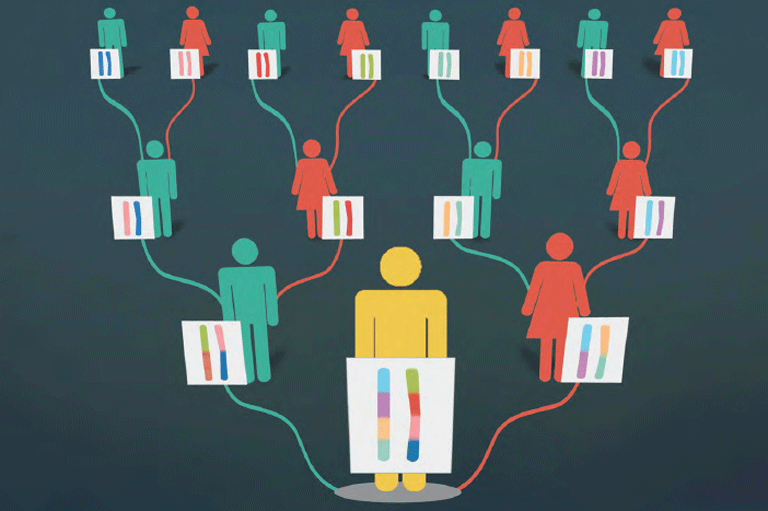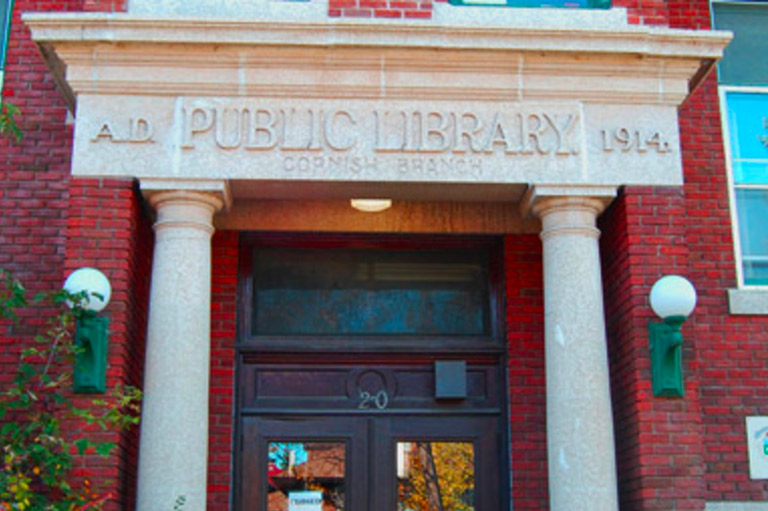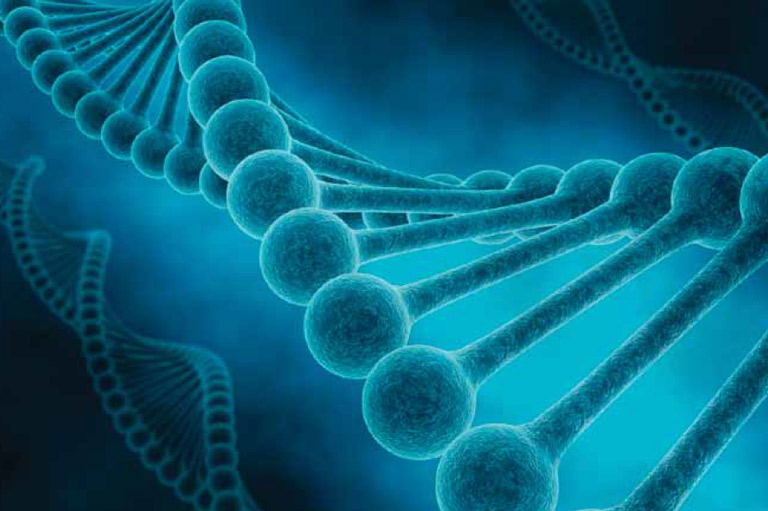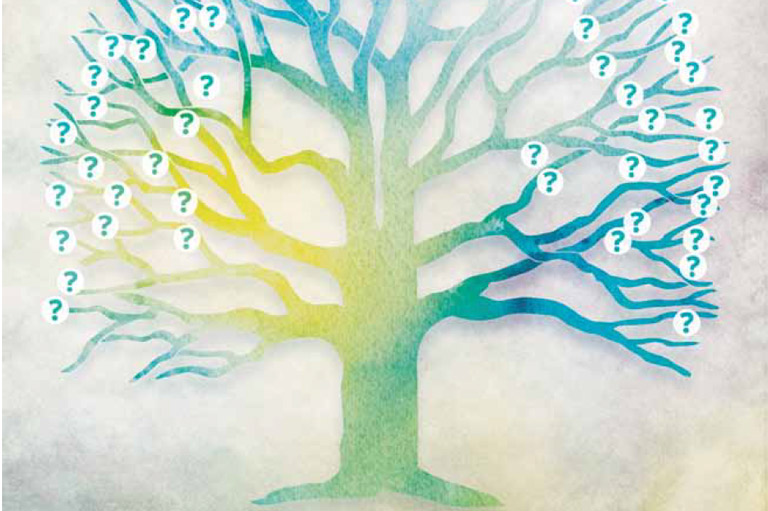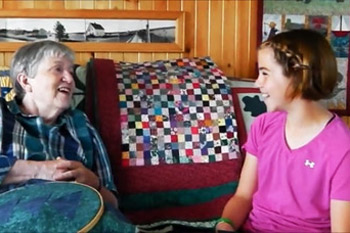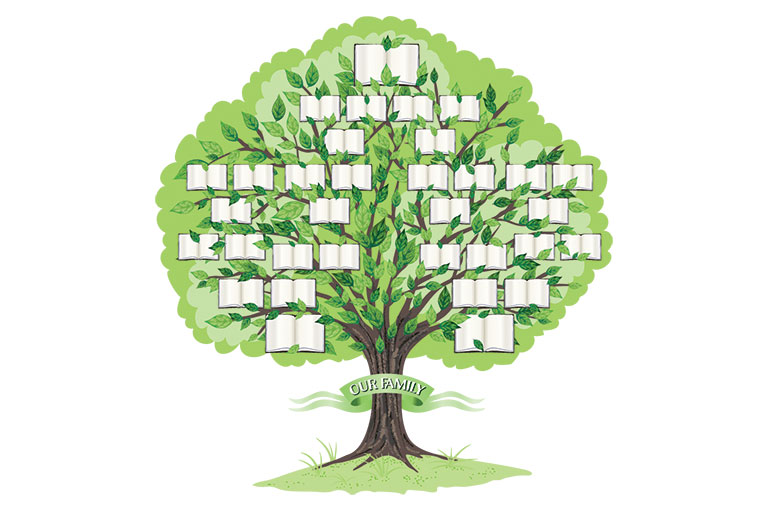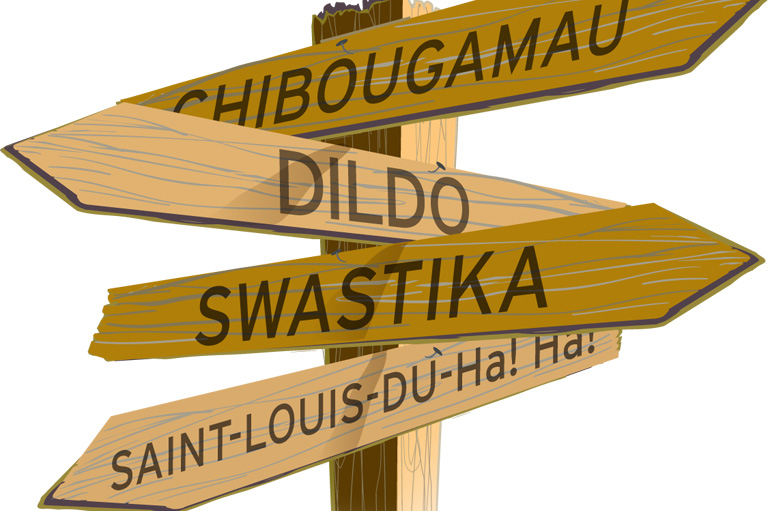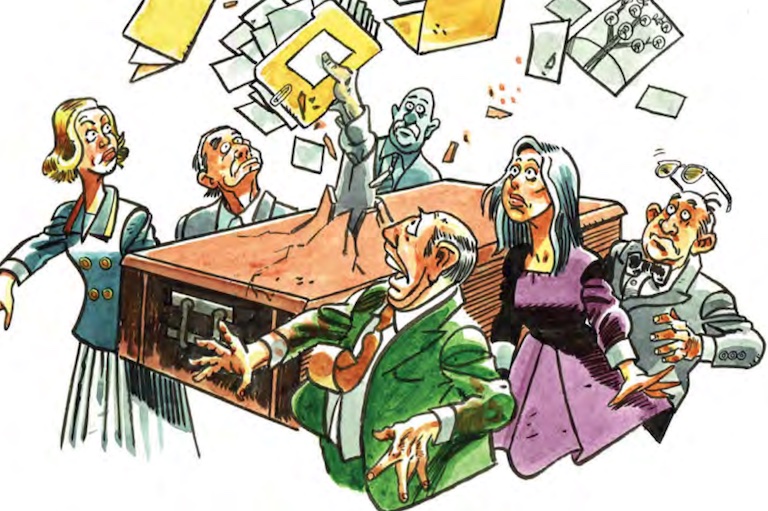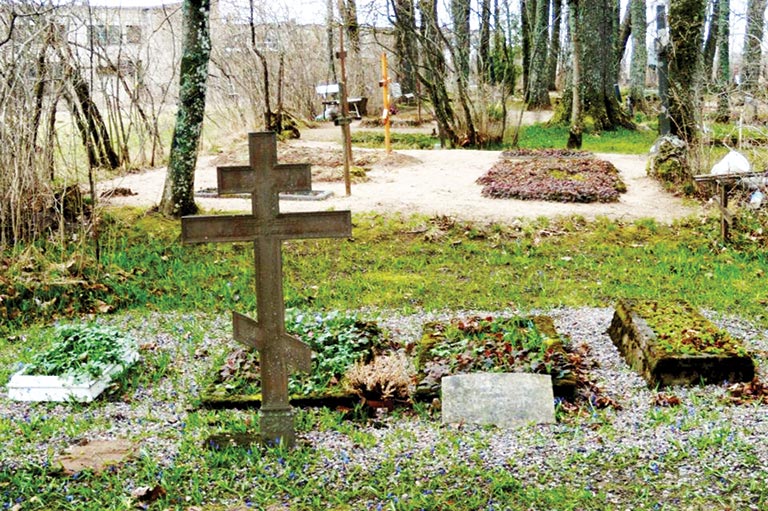Discover a wealth of interesting, entertaining and informative stories in each issue, delivered to you six times per year.
Roots: Cellular Sleuthing II

So! You’ve finally ordered a DNA test from a reputable organization.
You’ve swabbed your cheeks or deposited saliva in a tube, sent the collection kit to the lab, and then waited, and waited.
At long last you get an email message that your results are ready for online inspection. As you’re not an orphan and know full well where all your grandparents come from, you skip the cocktail-party fodder provided in the ethnicity estimates.
Instead you click on the link to your DNA matches. You have no prior expectations, no specific lost cousin you’re looking for. You’re not planning to test a genealogical hypothesis. You’ll just follow the leads where they take you.
Well, it’s probably not the epiphany you were hoping for.
You cast your eyes down a list of unfamiliar people, many identified only by strange online handles. Each has a jargon-y estimated relationship to you such as “2nd to 4th cousin.”
There may be mysterious statistics expressed in segments, percentages and/or “centiMorgans” (abbreviated “cM”).
Is that all there is?
You wouldn’t be the first person to throw up your hands at this point and decide that DNA is not for you. Since you had no clear objective in testing, there’s no obvious next step. So let’s focus your work. We’ll systematically look for a match that’s in some way unexpected.
For example, my friend Hazel recently told me that she’d done her DNA and was amazed to see her friend Lois listed among her close genetic relatives. In fact Hazel’s surprise bordered on out-and-out skepticism.
To me, by contrast, it sounded like a story that had to be pursued. My friend Linda just discovered two men who are comparatively close genetic matches not only to herself, but also to her mother and several other relatives. After a painstaking analysis, it seems likely that there was an illegitimacy in Linda’s maternal grandfather’s extended family. That’s an unexpected development!
Already in these two straightforward examples, we touch upon a number of basic principles:
- DNA does not lie, although it may prevaricate. A finding of close genetic relatedness is not something that can be dismissed as nonsense.
- DNA does not observe social decorum. If you don’t want to learn about illegitimacies and other skeletons in the family closet, don’t get tested.
- Start with your close matches, especially those estimated to be second cousins or closer. What meaningful stories could you derive for, say, a fifth cousin?
- Contact matches who are of interest to you. All the testing companies allow this through secure, private messaging.
- It’s an unexpected bonus if you actually see among your matches the name of someone you recognize, as in Hazel’s case. More likely you’ll have to look for clues in your matches’ family trees or their lists of ancestral surnames and locations.
- Make sure you test surviving members of earlier generations (such as Linda’s mother) ASAP. They won’t be here forever.
- Testing other family members can help narrow your search.
- Don’t take too literally the estimated relationships attributed to your matches by the testing company. There can be several relationships that yield the same DNA finding.
Once you’ve mastered the basics, you can begin to explore the exciting analytic tools available from the testing companies and third-party organizations like GEDmatch — such as phasing, chromosome browsing, mapping & painting, DNA circles, triangulation, and on and on.
If you keep at it, you’ll continue to make interesting discoveries. Linda, for example, recently verified a previously unknown connection to the Scottish poet and folklorist, William Montgomerie. Was he discussing DNA perhaps in this couplet?
“The life of light it seems,
And all things burn wuth it, as with a flame.”
Themes associated with this article
You might also like...

Canada’s History Archive, featuring The Beaver, is now available for your browsing and searching pleasure!


